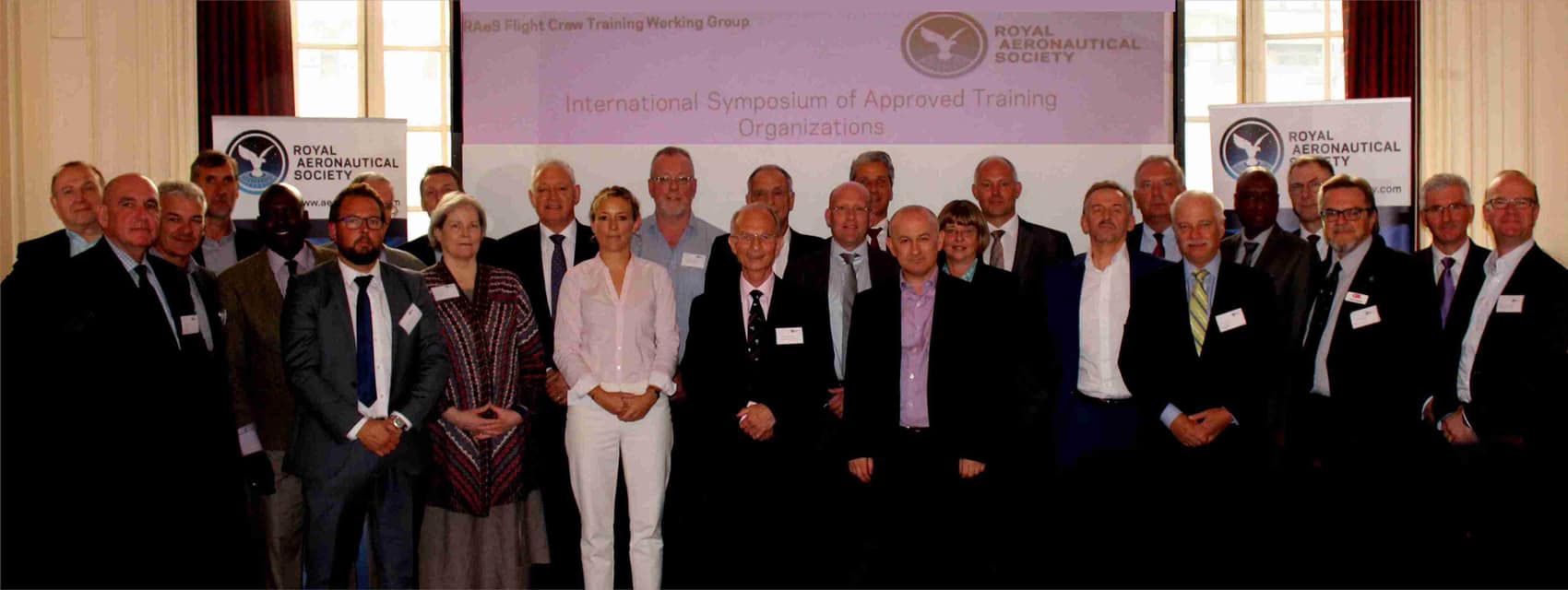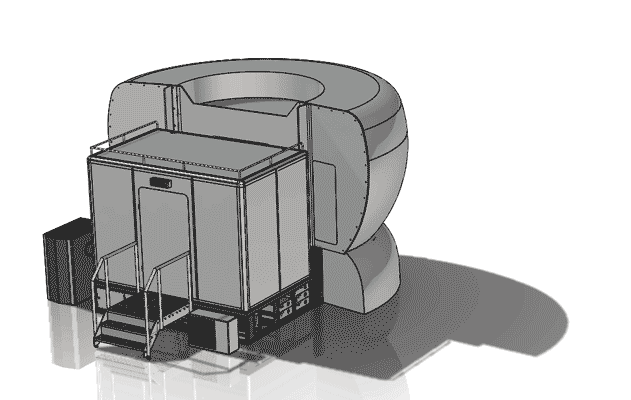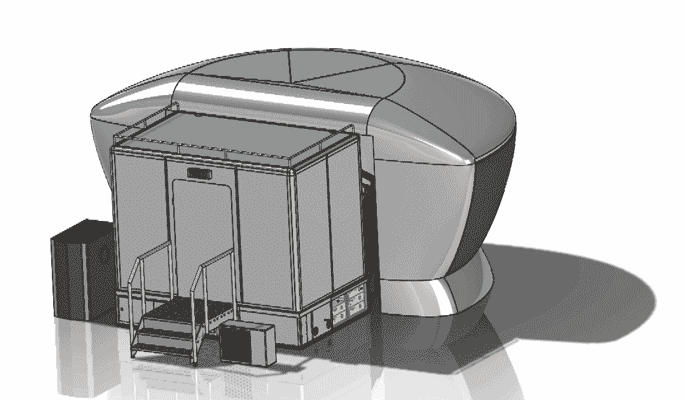Did you know that when the International Civil Aviation Organization (ICAO) located in Montreal, Canada, makes recommendations on global aviation standards that no organization representing the aviation training schools (ATOs) in the world is present? In fact, no global organization to represent aviation training schools exists even though estimates reveal there are in excess of 2500 of them worldwide.
As the aviation industry continues to grow, a need for ATO representation is more critical now than ever. While the airlines are represented by the International Air Transport Organization (IATA), the pilots by the International Federation of Airline Pilots’ Associations (IFALPA) and the airplane manufacturers by the Aerospace Industries Association (AIA), the training representation is sorely missing. Key players in the industry feel they understand what there is to know about training, but they lack specific expertise on learning methods, technology and training requirements. To address this, the Royal Aeronautical Society hosted the first ever International Symposium of Approved Training Organizations two weeks ago in London which was proudly sponsored by MPS.
Many issues were presented, as was a new opportunity for collaboration. Interest indicated that formation of a global organization would be practical and timely to gain industry-wide consensus.
The symposium was opened by Peter Barrett, the secretary of the RAeS’ Flight Crew Training Group, who himself has been advocating for a global organization of aviation training providers for many years. Peter identified that this symposium was the culmination of a decade of work aimed at the global coordination of training organizations worldwide. Thus, the symposium was a unique opportunity.
What truly made it unique was that most of the training world was represented and present. We saw participation from ICAO and speakers from the European, North American and African organizations that have recently been established to serve as regional representatives of training institutions. Unfortunately,, representation from the Asia Pacific region was noticeably missing. The European, United States and African organizations all shared their past efforts and difficulties in being heard by their local regulators.
The inspirational and enlightening keynote of Stephen Creamer, the Director of ICAO’s Air Navigation Bureau, created significant understanding amongst these participants on the urgency of uniting aviation training experts to be heard at the ICAO level. His message was later supported and strengthened by Miguel Marin, ICAO’s Chief of Operational Safety, who presented on the work streams at ICAO and how a global training organization could significantly contribute to the work ICAO does.
I also presented on the need for global standards and harmonization and strongly advocated the formation of an international organization.
As a group we worked to identify possible roadblocks, organizational structures and target efforts, leading to participants supporting the RAeS Flight Crew Training Group (FCTG) to investigate an international aviation training organization formation.
This effort will be led by Peter Barrett and myself as co-chairs. Our initial intent is to identify the participants from the regions represented and not represented at the symposium and finding a name (suggestions are welcome). Of course, the ultimate goal of this is to collaborate globally to modernize aviation training. This last task is needed urgently as our training has not significantly changed since the 1970’s. With that in mind, our efforts will be to support a career-long Competency Based Training and Assessment (CBTA). As part of this, we will take advantage of modern learning, technology advancements, cheaper and better training solutions and specific training for airline pilots starting the very first time candidates enter training.
In addition, awareness of how new generations learn will hopefully lead to aviation becoming as advanced and interesting in training as it has been in airplane development. This in turn will lead to improved training which can be accomplished for the most part at home via web-based learning or at a local base to minimize the unnecessary travel to large training bases. This also reduces the industry’s carbon footprint where possible, something that is important to many of us as well.
The time of meeting baseless hour-requirements which for too long have been incorrectly associated with experience should be long gone. Competencies need to be assessed and trained in appropriate training devices rather than in a single engine propeller airplane in which useless hours are spent burning carbon fuels. Very little of what is learned in a single engine propeller airplane actually positively contributes to a successful airline career. From the start, we should be training professional aviators in professional equipment like MPS FTDs and any other technology that has proven training value.
Training around the globe is growing to meet the increasing demand for commercial pilots and complex issues arise when pilots, air carriers, manufacturers and ATOs from different regions operate under different CAA jurisdictions. A global organization representing training organizations can immediately address urgent issues such as the lack of standardization and a predictable quality outcome which can impact mutual recognition. In addition, innovation in training and adaptation to currents needs of candidates and operators can be addressed.
I am looking forward to leading this challenge with Peter and we are open for inputs. Please leave a comment below or contact me directly if you are as passionate about training as I am and feel like you can contribute in any way! Together we can make a difference, so: training experts UNITE!


